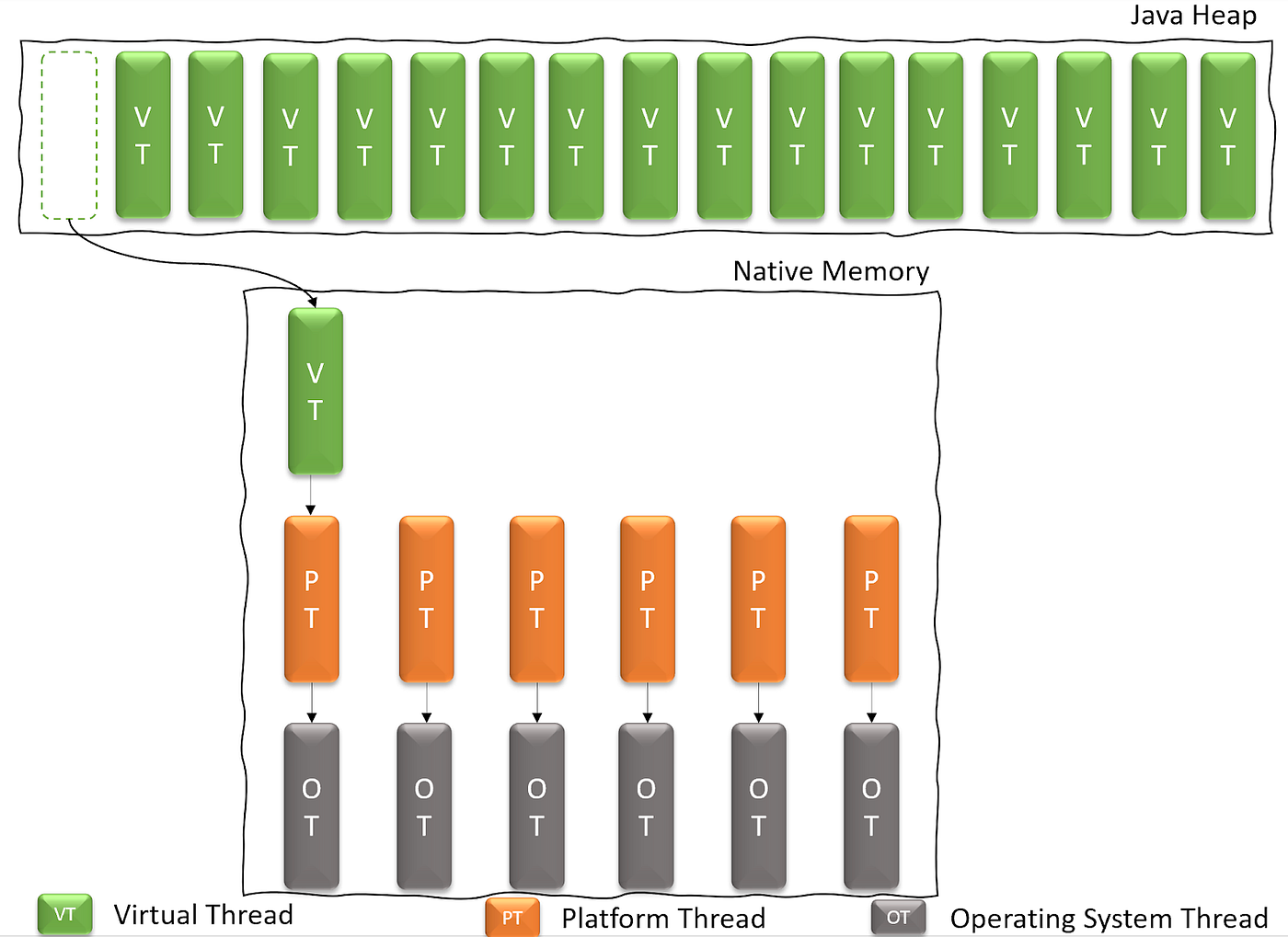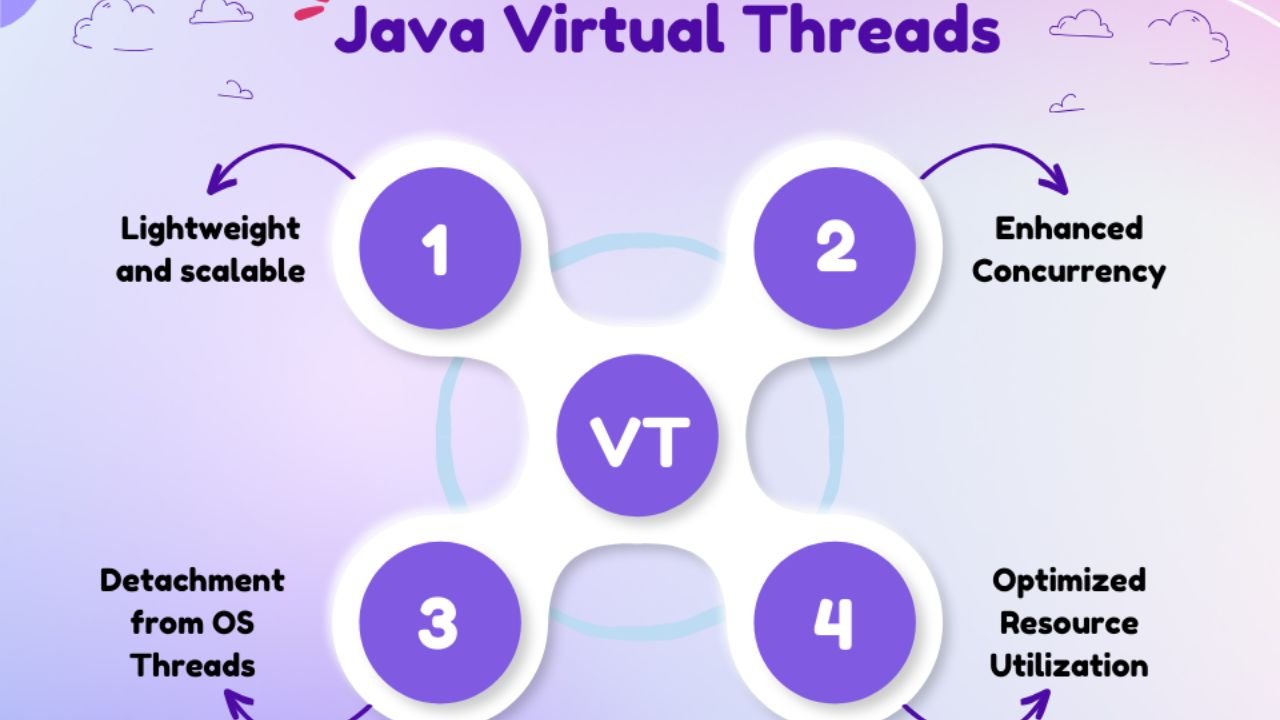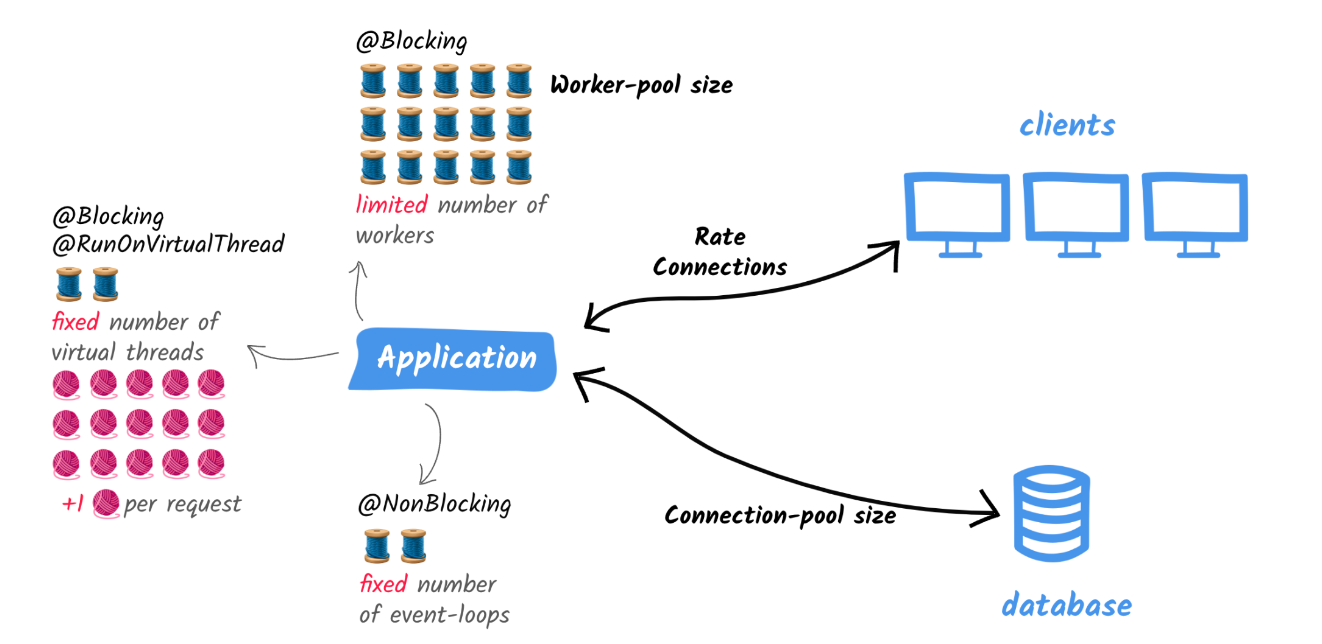In the realm of modern technology, virtual thread performance stands as a pivotal yet enigmatic concept. As businesses increasingly rely on digital infrastructures, understanding the nuances of virtual thread performance becomes paramount. In this comprehensive guide, we embark on a journey to demystify performance, separating fact from fiction and uncovering the essence of its significance.
What are Virtual Threads?

Virtual threads, often referred to as lightweight threads or green threads, are threads managed entirely by a runtime library or virtual machine (VM) instead of the underlying operating system. These threads exist within the context of a single process and are executed independently, allowing for concurrent operations within a program.
The Evolution of Virtual Threads
The evolution of virtual threads traces back to the need for more efficient resource utilization in computing systems. Traditional threads, tied directly to the operating system, incurred overhead due to context switching and memory allocation. Virtual threads emerged as a solution, offering a lightweight alternative with reduced overhead and increased scalability.
Benefits of Virtual Threads

Enhanced Concurrency
Virtual threads enable high levels of concurrency within applications, allowing multiple tasks to execute simultaneously without relying heavily on system resources.
Improved Resource Utilization
By abstracting thread management from the operating system, virtual threads optimize resource utilization, leading to better performance and scalability.
Simplified Programming Model
The lightweight nature of virtual threads simplifies the programming model, making it easier for developers to write concurrent and scalable code without the complexities of traditional threading mechanisms.
Challenges and Misconceptions
Overhead Concerns
One common misconception surrounding virtual threads is the notion of increased overhead. While traditional threads may incur lower overhead in certain scenarios, the benefits of virtual threads often outweigh this concern, especially in highly concurrent applications.
Context Switching Efficiency
Critics argue that virtual threads may suffer from inefficiencies in context switching compared to native threads. However, advancements in virtual thread implementations have addressed many of these concerns, achieving comparable performance in real-world scenarios.
Real-World Applications
Cloud Computing
Virtual threads play a crucial role in cloud computing environments, where scalability and resource efficiency are paramount. Cloud-native applications leverage to handle concurrent requests efficiently, ensuring optimal performance under varying workloads.
Microservices Architecture
In microservices architecture, virtual threads enable seamless communication and coordination between independent services, facilitating agility and scalability in distributed systems.
Web Development
Web developers harness the power of virtual threads to build responsive and scalable web applications, ensuring smooth user experiences even during periods of high traffic.
Best Practices for Virtual Thread Performance
Optimize Resource Allocation
Efficient resource allocation is key to maximizing virtual thread performance. Fine-tuning thread pools and memory allocation parameters can significantly improve application responsiveness and scalability.
Monitor and Tune Performance
Regular monitoring and performance tuning are essential to maintaining optimal performance. Monitoring tools and profiling techniques can help identify bottlenecks and optimize resource usage.
Embrace Asynchronous Programming
Asynchronous programming paradigms, supported by virtual threads, offer a powerful approach to handling concurrent tasks and I/O-bound operations. Embracing asynchronous programming can unlock the full potential of virtual thread performance.
FAQs
How do virtual threads differ from native threads?
Virtual threads are managed at the application level by a runtime library or virtual machine, whereas native threads are managed by the operating system.
Can virtual threads improve the scalability of my application?
Yes, virtual threads provide scalability benefits by optimizing resource utilization and enabling concurrent execution of tasks.
Are there any performance trade-offs when using virtual threads?
While virtual threads may incur slightly higher overhead in certain scenarios, the benefits of scalability and simplified programming often outweigh these trade-offs.
How can I optimize virtual thread performance in my application?
Optimizing resource allocation, monitoring performance, and embracing asynchronous programming are key strategies for maximizing virtual thread performance.
What role do virtual threads play in cloud computing?
Virtual threads are essential in cloud computing environments for achieving scalability, resource efficiency, and responsiveness in distributed applications.
Are virtual threads suitable for web development?
Yes, virtual threads are well-suited for web development, offering scalability and responsiveness in handling concurrent user requests.
Conclusion
In conclusion, demystifying virtual thread performance is essential for harnessing its full potential in modern computing environments. By understanding the underlying principles, addressing misconceptions, and embracing best practices, businesses can leverage virtual threads to enhance scalability, optimize resource utilization, and deliver superior performance in their applications.



